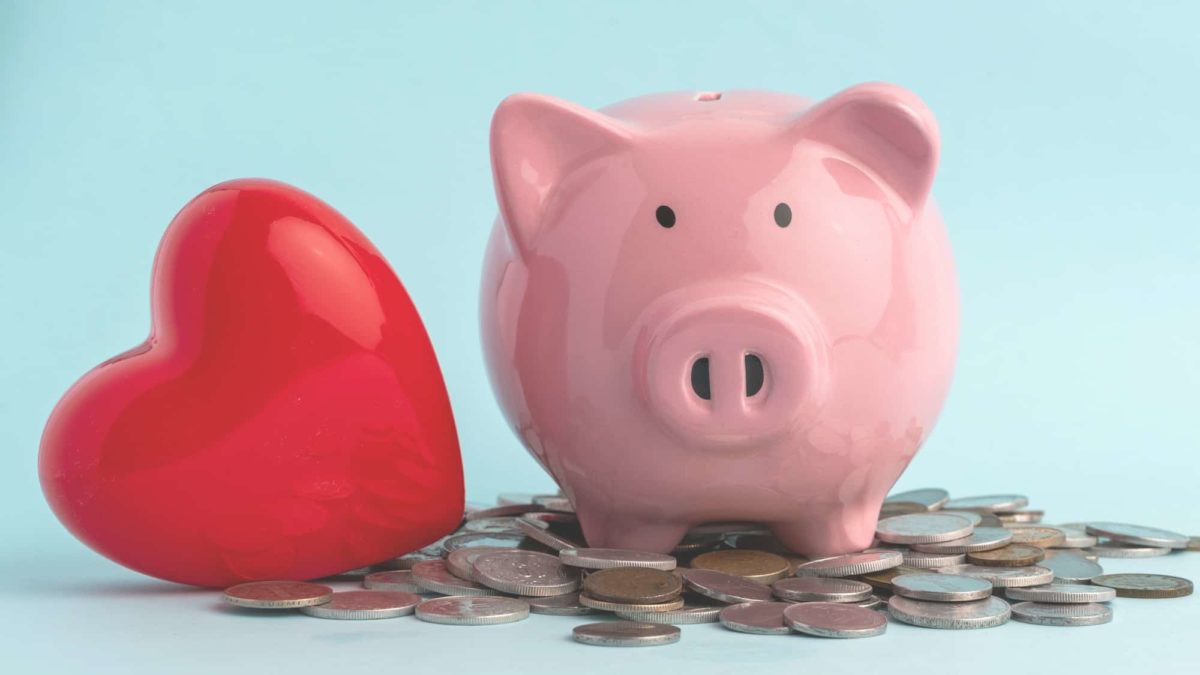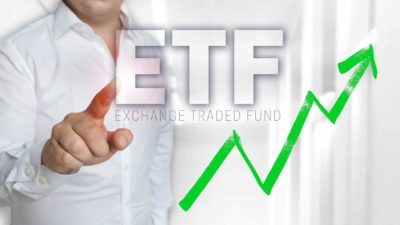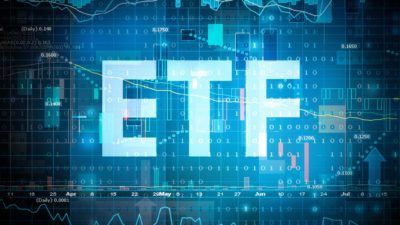The iShares S&P 500 ETF (ASX: IVV) is one of the most popular ASX-listed exchange-traded funds (ETFs) that Aussies can buy. The fund was $5.6 billion in size at the end of May 2023. There are several reasons why I like this investment option.
For readers that haven't heard of it before, it's a fund offered by Blackrock through iShares. The S&P 500 is an old index that represents 500 of the biggest and most profitable businesses in the US.
In my opinion, it can be useful for investors of all ages and wealth levels for a number of reasons. I love it, and here's why:
Quality holdings have delivered excellent historical returns
The largest companies in the portfolio are: Apple, Microsoft, Amazon.com, Nvidia, Alphabet, Tesla, Meta Platforms and Berkshire Hathaway.
Those holdings have delivered a lot of the returns for the S&P 500 over the last few years and currently makeup 29.1% of the portfolio.
Past performance is not a guarantee of future results, but I believe that the strength of the underlying products and services offered by these businesses have extremely strong competitive advantages, and they could keep delivering strong and growing profits for years to come.
Over the past five years, the iShares S&P 500 ETF has returned an average of 14.2% per annum. In the next decade, I'd guess it can achieve average returns per annum of at least 10% as the underlying profit compounds and the businesses keep re-investing for more growth.
As investors, making returns is essentially what it's all about, and this ASX ETF is delivering over the ultra-long term.
I also love the diversification of having 500 businesses within the portfolio, though I only like diversification that doesn't materially worsen the overall return. The IVV ETF has demonstrated excellent returns.
Low management fees
When a fund's holdings go up in value, this delivers capital growth for the ASX ETF, which is part of what's called gross returns. Dividends are usually the other main part of the return.
Management fees (and other costs when applicable) are then deducted from the return. What's left is called the net return.
Two different portfolios can deliver the same gross return but achieve materially different net returns if the fees are different.
Plenty of active funds management outfits charge management fees of at least 1% as well as a performance fee. If a portfolio goes up 10% and the fund manager charges 1% of fees, the net return would be 9%.
A 1% difference between 10% and 9% may not sound like that much, but it can make a big difference over time. Investing a $10,000 lump sum would turn into $56,000 after 20 years compounding at 9%. If it grew at 10% per annum, it would become $67,000 after 20 years. A difference of $11,000!
The iShares S&P 500 ETF has an annual management fee of just 0.04%, which is extremely low.
Active managers do have a role in the share market, particularly if they deliver net returns that are better than the S&P 500 ETF over multi-year time periods.
Why I'm not invested in the iShares S&P 500 ETF
Whilst it is one of my favourite ASX-listed ETFs, I don't actually own any units of it in my portfolio.
I think it would be an effective investment for most, or all, investors. But, it's not in my portfolio because it doesn't pay much of a dividend yield. The strategy that my wife and I have focused on is ASX dividend shares that can pay us cash flow and deliver capital growth over time.
According to Blackrock, the 12-month trailing dividend yield is 1.3%. If investors don't need the income, then the IVV ETF dividend yield is fine. But, there are plenty of other options for income-focused investors to find, such as ASX dividend shares, that could pay higher yields.









